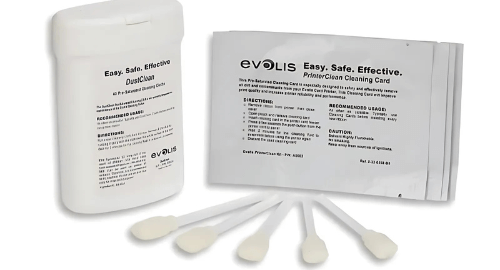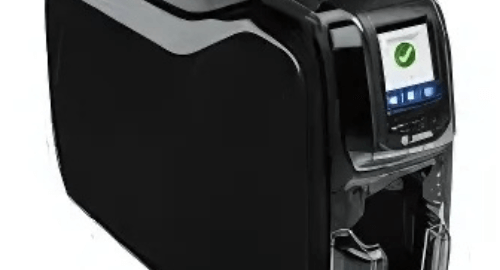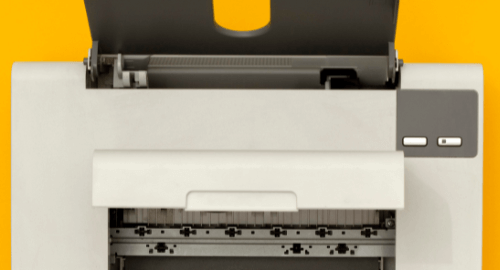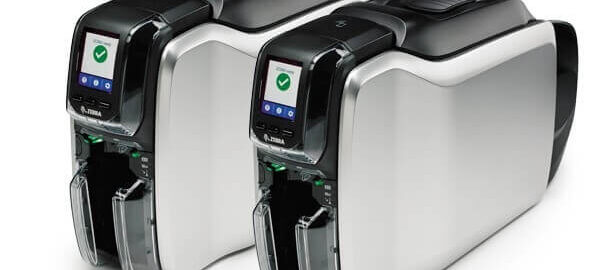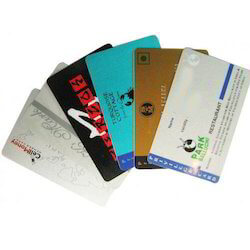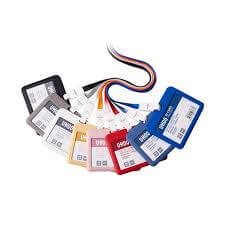
Identity cards, often known as ID cards, are now vital tools used by a wide range of organizations, from businesses and educational institutions to government offices and medical facilities. These cards perform more functions than just identifying a user; they frequently have access controls, security features, and customization capabilities. For several reasons, especially with regard to ID card printers, PVC (polyvinyl chloride) is the material of choice when it comes to ID card printing.
The Dominance of PVC
PVC has maintained its dominance in the realm of ID card manufacturing for several reasons, which are as follows:
- Durability:
Durability is one of the most important considerations when choosing a material for ID cards. PVC cards are renowned for their durability; they can endure repeated handling, exposure to different climatic factors, and possible abrasions. Because of their endurance, ID cards don’t need to be issued or replaced as often because they stay readable and undamaged for the duration of their useful lives.
- Flexibility:
Due to its flexibility, PVC may be printed on using a variety of techniques, such as dye-sublimation, direct-to-card, and retransfer printing. ID cards can be made to fulfill both functional and aesthetic standards since PVC can suit a broad range of printing requirements, regardless of whether companies demand complex full-color graphics or simple monochrome designs.
- Cost-Effectiveness:
In addition to its durability and versatility, PVC’s cost-effectiveness makes it an attractive option for organizations seeking to produce ID cards in bulk. Compared to alternative materials, such as composite or paper-based substrates, PVC offers a balance between affordability and performance, making it a cost-effective solution for ID card production, especially when considering long-term durability and minimal maintenance requirements.
Advantages Over Other Materials
While PVC remains the preferred choice for ID cards, especially in conjunction with ID card printers, it’s essential to compare its advantages over alternative materials commonly used in card production.
- PVC vs. Paper-Based Cards:
Although less expensive, ID cards made of paper don’t have the same lifetime and durability as PVC cards. The security and integrity of the information printed on paper cards can be jeopardized by tearing, fading, and water damage. PVC cards, on the other hand, last a long time and retain their structural integrity and legibility, guaranteeing improved security and reliable performance.
- PVC vs. Composite Cards:
Compared to paper-based cards, composite cards—which are usually made of layers of PVC and polyester—offer more resilience. However, they are frequently more expensive and might not offer many benefits over regular PVC cards in terms of durability or printing options. For businesses looking to strike a mix between printability, affordability, and durability, PVC continues to be the material of choice.
- Integration with ID Card Printers:
PVC integrates with ID card printers seamlessly, which is another important aspect for its popularity in the ID card industry. To ensure compatibility and best outcomes, PVC cards are specifically made to function with a variety of printing processes. PVC is still the material of choice for businesses looking to produce professional-grade ID cards quickly and consistently, regardless of whether they use low-cost desktop printers or high-end industrial gear.
Conclusion
PVC stands out as the recommended material for ID card production for a number of reasons, especially when used in conjunction with ID card printers. For companies looking to produce high-quality ID cards that satisfy both practical and aesthetic standards, its robustness, adaptability, and affordability make it a great option. Although other materials might have some advantages, PVC is the material of choice for making ID cards because of its general performance, compatibility with printing processes, and long-term cost-effectiveness. PVC continues to be an essential part of the ever-changing identification technology environment as long as enterprises value sustainability, efficiency, and security.


